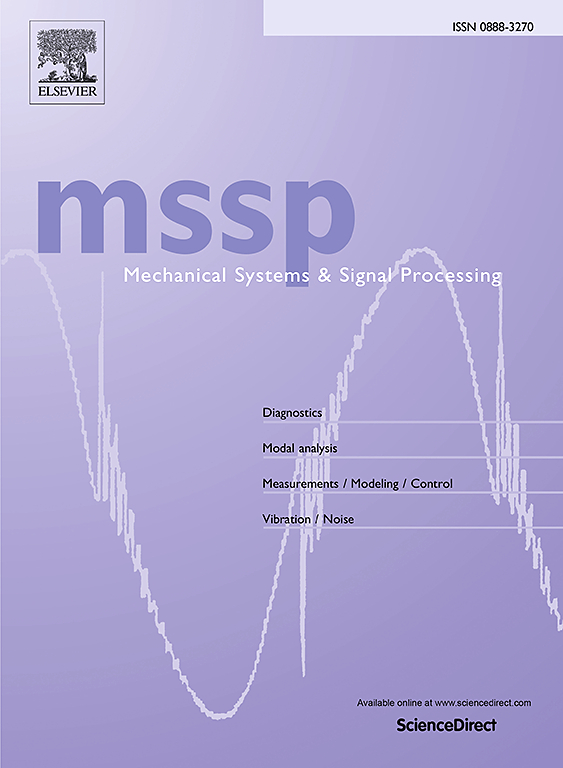Microwave vibration camera: Stereo vision assisted microwave full-field vibration visualization
IF 7.9
1区 工程技术
Q1 ENGINEERING, MECHANICAL
引用次数: 0
Abstract
The emerging field of microwave-based vibration monitoring is gaining significant attention in applications like mechanical equipment maintenance and structural health monitoring. However, the current range-angle heatmap imaging employed in full-field microwave vibrometry face substantial challenges in identifying measuring points and localizing vibration sources within complex scenarios. To this end, we introduce a unique concept: the microwave vibration camera (MVC). This novel system leverages sensor fusion by integrating the vibrational data from a microwave transceiver with spatial localization insights from a binocular camera, enabling a remarkable enhancement in vibration visualization in full field of view. In this study, we first provide a comprehensive overview of the MVC and relevant fundamental principles. Then we present a detailed methodology for the joint positioning and vibration visualization processes. Additionally, we conduct the calibration of the coordinate transformation matrix between the camera coordinate system (CCS) and the microwave antenna coordinate system (ACS) in a straightforward scenario, thoroughly evaluating its performance. Ultimately, we validate the effectiveness of the MVC through diverse scenarios and analytical dimensions, offering a desired microwave vibration visualization approach that facilitates measuring point identification and vibration source localization in complex environments.
求助全文
约1分钟内获得全文
求助全文
来源期刊

Mechanical Systems and Signal Processing
工程技术-工程:机械
CiteScore
14.80
自引率
13.10%
发文量
1183
审稿时长
5.4 months
期刊介绍:
Journal Name: Mechanical Systems and Signal Processing (MSSP)
Interdisciplinary Focus:
Mechanical, Aerospace, and Civil Engineering
Purpose:Reporting scientific advancements of the highest quality
Arising from new techniques in sensing, instrumentation, signal processing, modelling, and control of dynamic systems
 求助内容:
求助内容: 应助结果提醒方式:
应助结果提醒方式:


